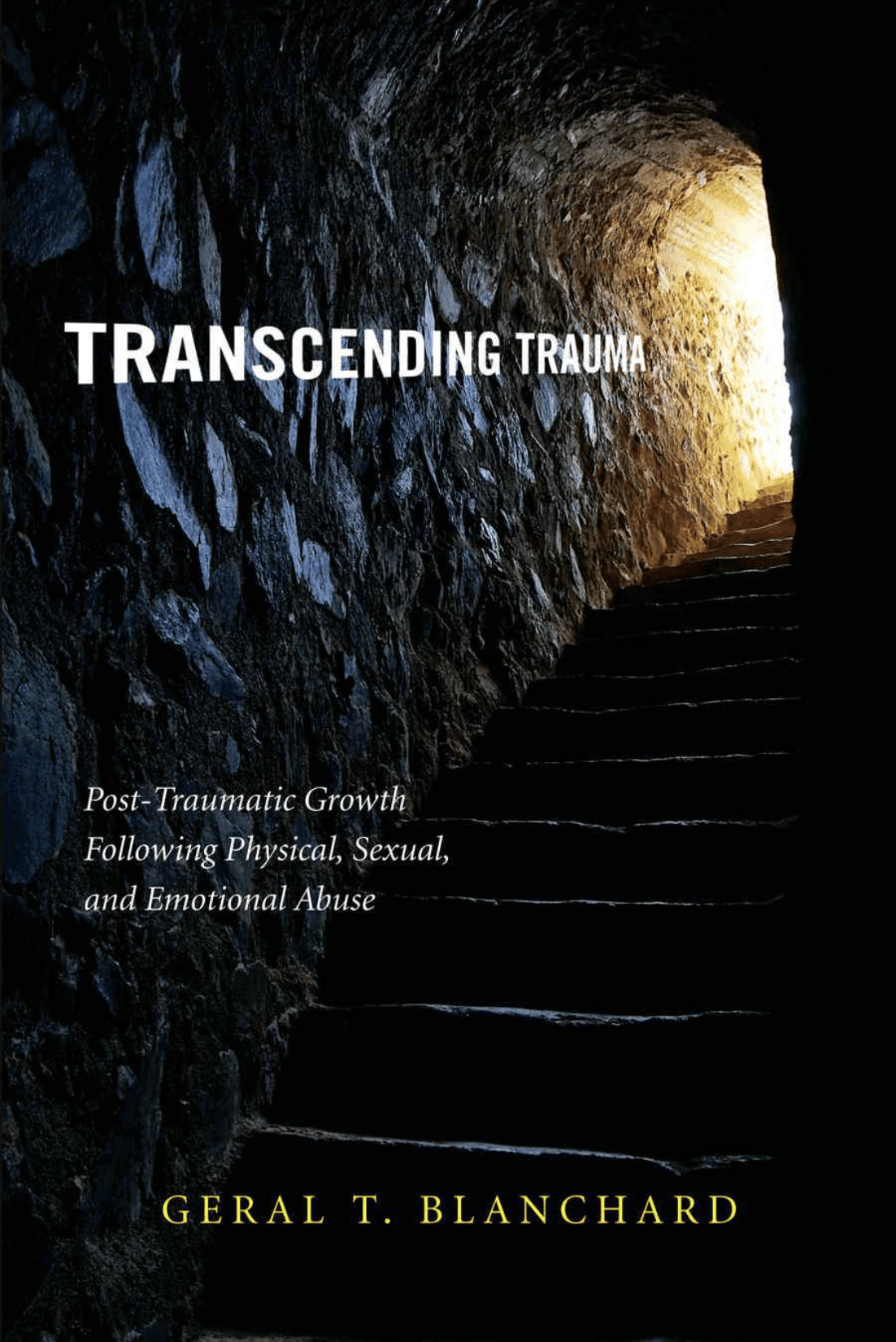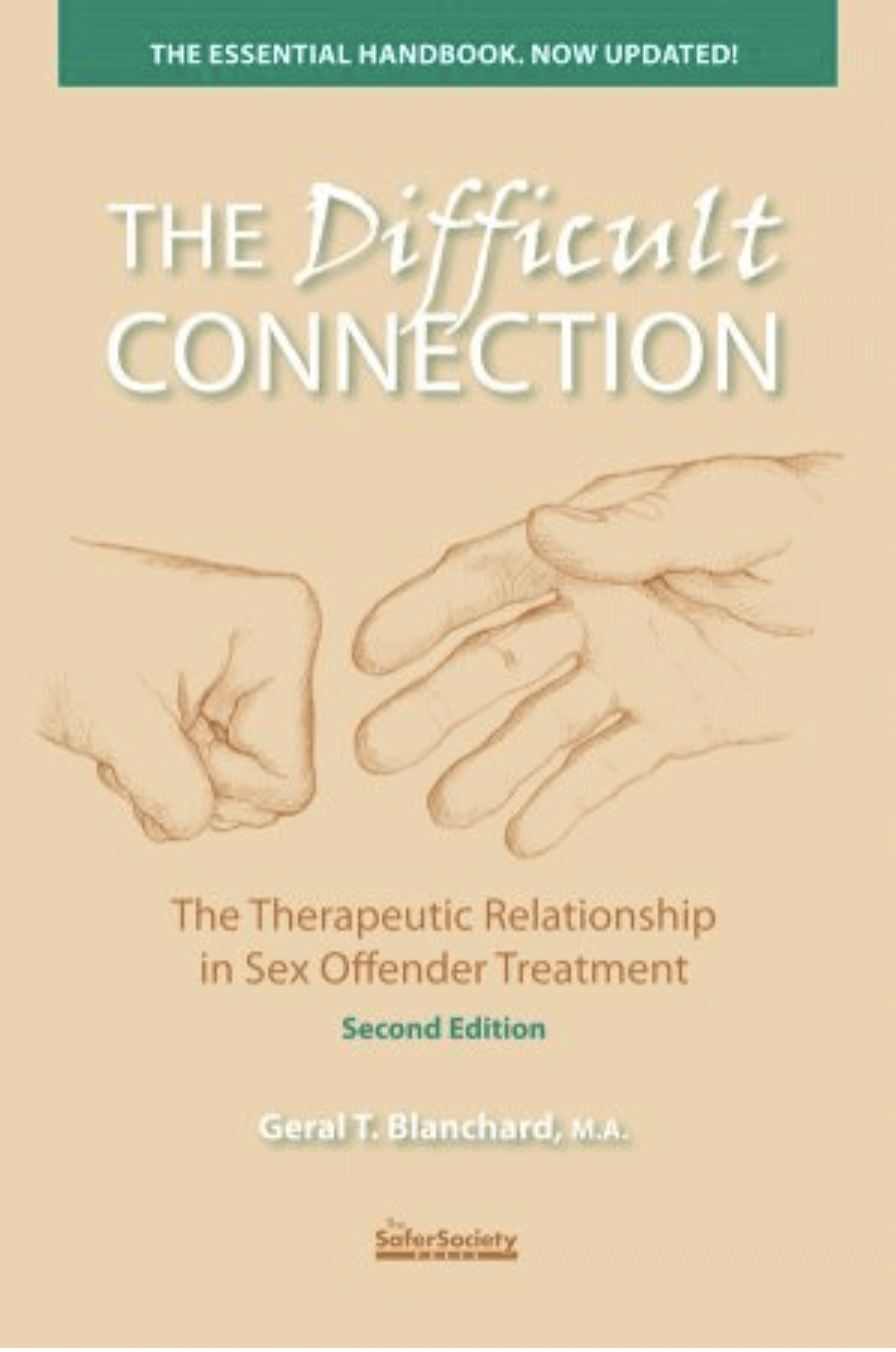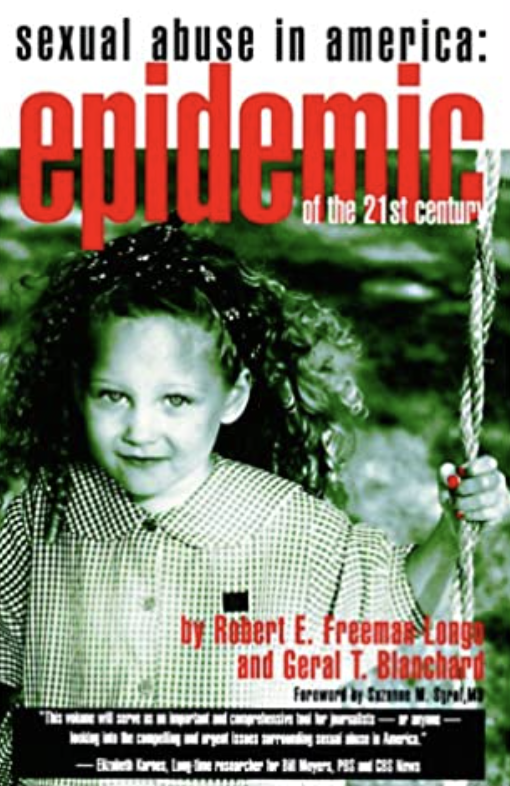Geral Blanchard, LPC, is a psychotherapist who is university trained in psychology and anthropology. Formerly of Wyoming and currently residing in Iowa, Geral travels the world in search of ancient secrets that can augment the art and science of healing. From Western neuroscience to Amazonian shamanism, he has developed an understanding of how to combine old and new healing strategies to optimize recovery, whether from psychological or physical maladies.
MDMA and Polyvagal-Informed Therapy, part 2 of 4
If you have been harmed by trauma understanding polyvagal theory will very likely assist and expedite your recovery process.
Not only can it enhance your ability to stabilize emotions but, as a result, it can help to develop more satisfying social relationships while enhancing your self-esteem.
MDMA & POLYVAGAL THEORY, PART II
After a series of three MDMA treatments most people note how their nervous system has calmed down, and with it, associated fears and previously unregulated emotions. Yet, there are additional ways to calm your nervous system and the notorious culprit, the vagus nerve. To start, one must get beyond all the confusing medical jargon that stands in the way of understand your nervous system pathways and how you can respond to and regulate them, not just react.
In this second blog, I’m going to significantly simplify polyvagal theory so this essential piece of recovery information becomes more understandable and therefore more accessible.
First, the vagus nerve is not a single nerve; it is a “family” of neural pathways extending throughout the body reaching many organs. Sensory information travels from various regions of the body to the brain and back down again on this pathway. It is an up-down, and two way, communication system.
Second, think of it as a hypersensitive alarm system that runs 24/7 below conscious awareness. It can, with very little advance warning, easily go out of control (dysregulation) in many people because of trauma and/or a hereditary susceptibility to excitability. Much of this out-of-balance activity goes on under the radar because this system is automatic. It is not as simple as being about your character and often has little to do with choice. It is about an internal “smoke detector” that goes off too easily.
Third, this bi-directional pathway can suddenly influence your body, then your mind, and will color and distort your perceptions of the world. Both physiology and psychology are affected. Commonly, this will cause a person to be hypervigilant, looking for angry faces and social cues of threat or rejection. There will be a blameless predisposition to confuse meaningful cues with trivial ones, exaggerating the meaning of some, all of which can lead to depression, anxiety, fearfulness, rage, social isolation, and minimal self-compassion.
Fourth, your heart – considered to be the middle brain – is intimately involved in this process along with various other body organs. Your vagal tone (status of reactivity) can be measured by what is called heart rate variability (HRV). While your heart rate measures beats per minute, HRV measures the variability in time between each heartbeat. A high level of variability tells you the region around the central vagus pathway is active and actually results in a more flexible autonomic nervous system, one that help a person adjust to the ups and downs of a stressful life.
Fifth, when heartbeat suddenly picks up it can feel like the onset of a panic attack. Then your body immediately mobilizes by fueling itself with adrenaline and cortisol. No longer will you want social contact or connection. Rather, safety and survival becomes the immediate need. When perceived danger seems inescapable, the system can go offline. The primitive lower (emotional) brain will rule and the smart thinking frontal lobe (impulse control system) shuts down. Often there is no actual danger present, but the intense feeling of fear makes people go looking for it. Then they seem to find it and go into protective mode.
Sixth, when flooded by protective energy and feeling overwhelmed a person may dissociate or disassociate. When we dissociate we “numb out” or “punch out” mentally while remaining physically present. This is a natural human mechanism for protection operative from childhood on. Disassociation is a slightly more conscious choice, when we separate from people, even those we love, because at the moment they, along with most everyone else, appear to pose a serious threat.
Seventh, this dysregulated state reveals a momentary scanning and cueing malfunction of the autonomic (involuntary) nervous system. Psychologists call the process of assessing stimuli for safety or dangerousness, neuroception. It implies physiological events are happening below the realm of conscious awareness and they need to reach greater awareness so we can regain control of the system. A person will want to mindfully become more cognizant of subtle signs (previously missed) immediately before the internal surveillance system goes offline. The goal is to better read and interpret early body cues and more accurately determine threat potential. Inserting a conscious pause, along with a quick body scan, provides a window of opportunity to intervene and gently resume control of the nervous system, which is likely the real problem. It’s your neurology not your psychology. The former is the cause, the latter is but a symptom.
Eighth, assess physical reactions (positive and negative) felt mostly on the inside and below the brain (e.g., blushing, stiffening posture, warmth in the heart, alterations in breathing, sweating, stomach and intestinal irritability “gut reactions”, dry throat, as well as facial patterns like frowning, glaring, and/or smiling). Then, while being increasingly conscious and alert to the emotional and mental shifts that are starting to occur (dysregulation), it is slightly easier to keep reactivity under control.
Ninth, to increase awareness and resiliency -- two big recovery goals – a variety of treatments have been proven effective. They include a) Alpha-stim electrical stimulation of the lower brain, which can be self-administered to almost immediately slow everything down, b) stellate ganglia block (SGB) a medicine injected in the neck to deactivate a hypersensitive alert system, c) traumasensitive yoga to increase body awareness and mastery, d) regular aerobic exercise to alter internal energy and activate natural body calming chemicals, e) amino acid, herbal, and probiotic supplements (e.g., L-theanine, valerian root, GABA, passion flower, etc.), f) clinical empathogen or psychedelic treatments (e.g., clinical grade MDMA with associated psychotherapy, or carefully selected and administered psilocybin), g) neuropsychological computerized brain training devices, and h) psychotherapy with someone grounded in polyvagal theory.
Once popular abreactive therapies (vent your hate and rage) likely increase dysregulation, and EMDR (a distraction or partial dissociation approach), may not address this phenomenon at its nervous system core. These interventions feel good in the moment, but the underlying physiology may remain unchanged.
**********
“Listen to the wind, it talks. Listen to the silence, it speaks. Listen to your heart, it knows.”
- Native American Proverb
“The first step toward change is awareness. The second step is acceptance.”
- Nathaniel Branden, self-esteem psychologist
*********
Additional Reading:
Polyvagal Exercises for Safety and Connection: 50 Client-Centered Practices by Deb Danna Footer
Other Topics
Basics of MDMA
Rituals and Ceremony
Brain and MDMA
Trauma
Heart
Energy Movement
Quantum Physics
Native Cosmologies
Nature
Spirituality/Enlightenment
Kogi Tribe
Books written by Geral T. Blanchard
More Articles



















